Bring in the Natural Light
Students design reflective tubes to bring as much light as possible through the roof and ceiling of a windowless room. Students use a light meter or lumen-measuring app to see which design transmits the most light to the floor of the cardboard room.
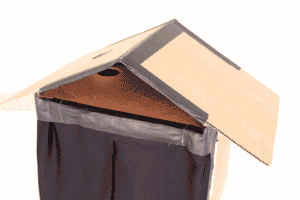
Materials
Instructions
Guiding Questions
Enjoy this activity?
Join our community and receive activities, early access to programs, and other special news, and/or leave feedback on this activity below!
Submitting...
Related Activities
View All
DiscoverE helps create activities like this around Green & Climate, Structures for children in Middle School to help prepare them for STEM careers in fields like Civil or Environmental.



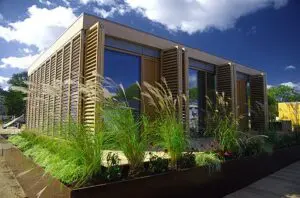
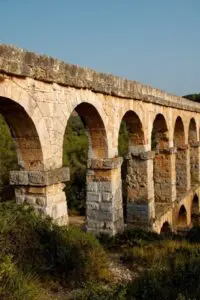
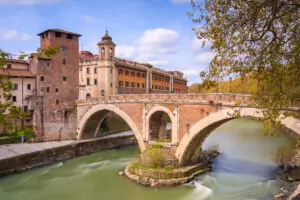
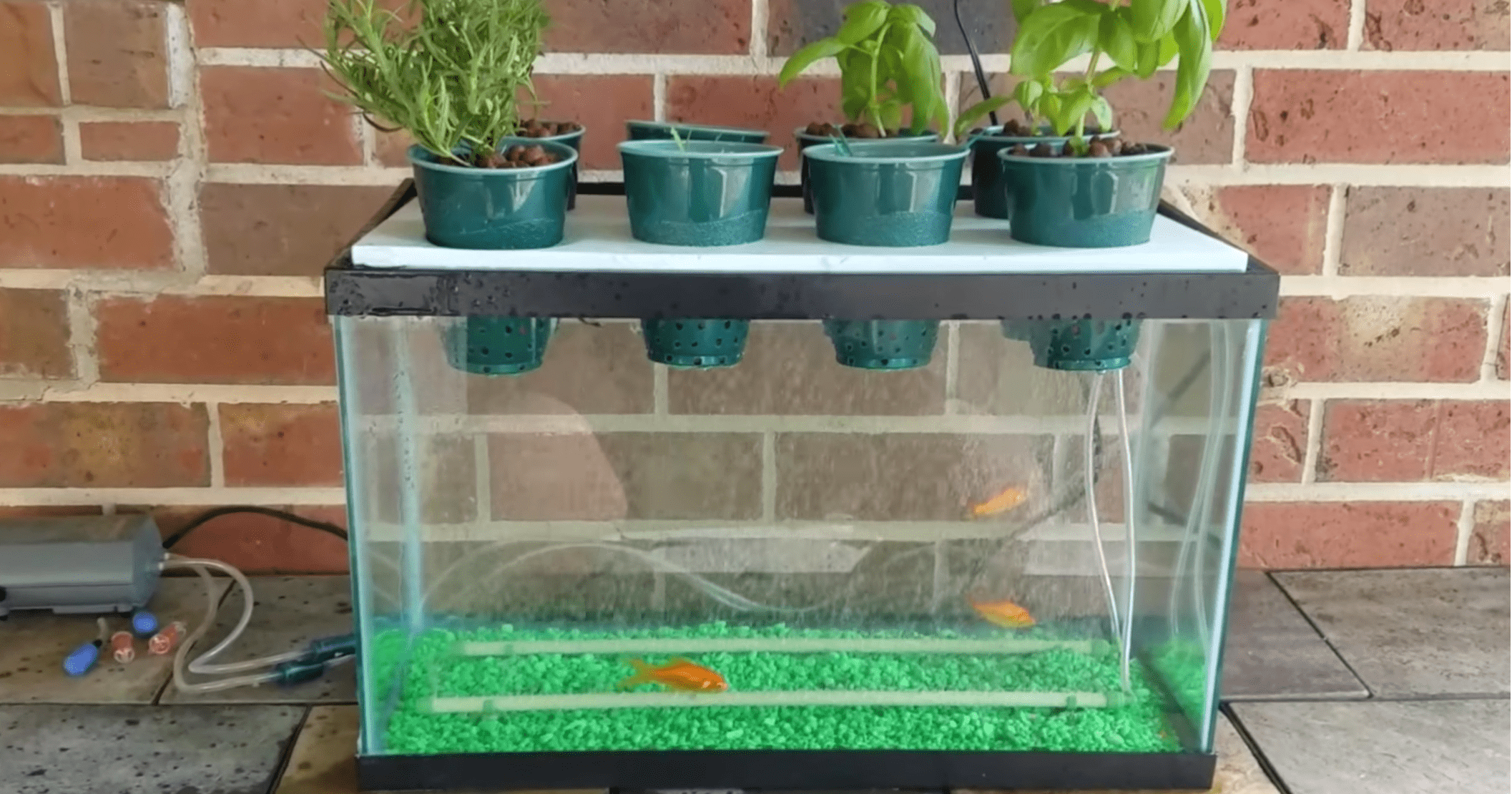

Thank you! Your submission is processing.